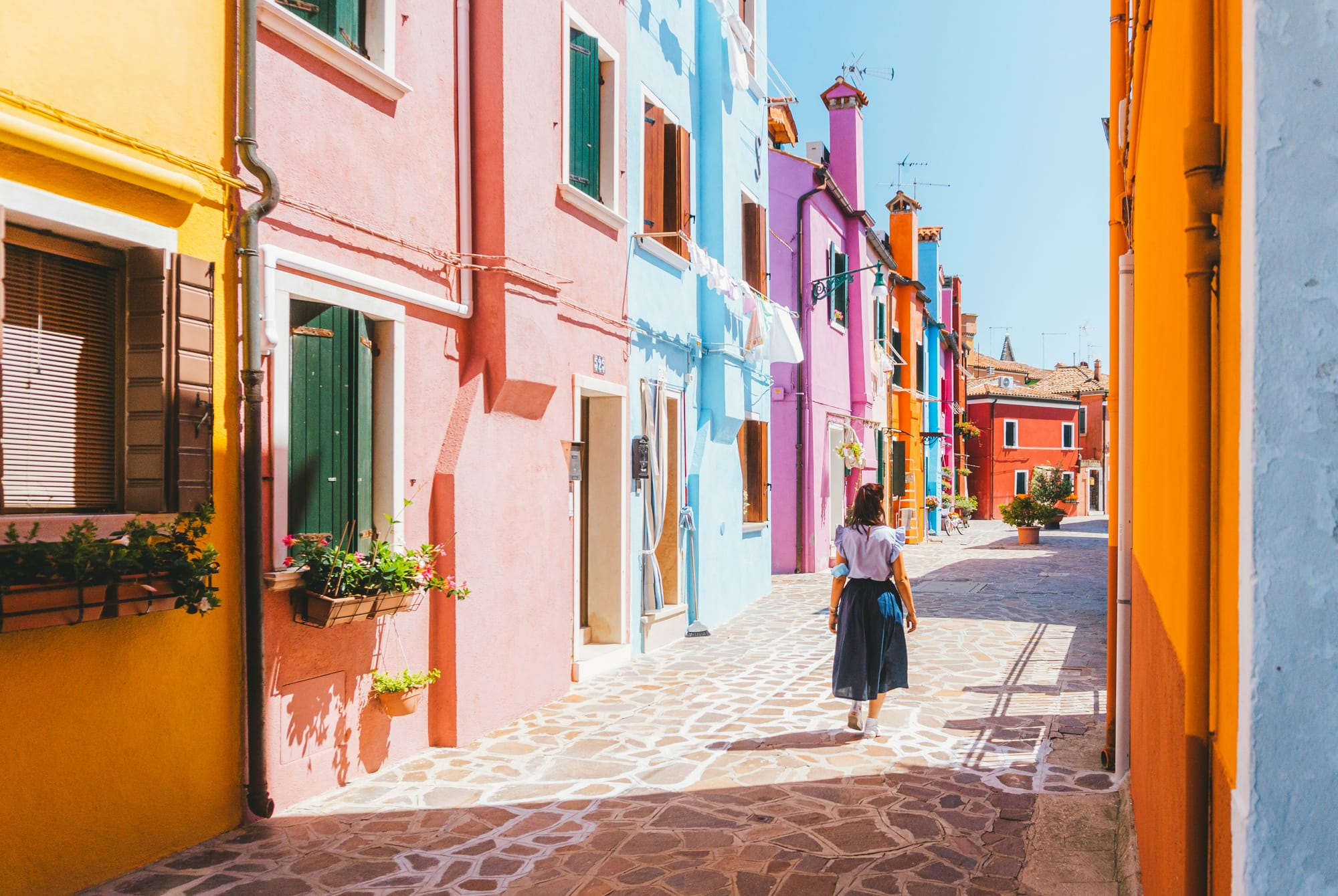Italy is not a checklist but a novel to be savored, chapter by chapter. The question is not "how quickly can one see it all?" but rather, "how much time is needed to truly connect with its soul?" For a first-time journey that balances the monumental icons with the quiet, authentic moments, the answer depends on the desired depth of immersion. While a lifetime wouldn't be enough to uncover all of Italy's secrets, a thoughtfully planned trip of one to two weeks can offer a deeply rewarding experience.
This guide is designed for the traveler who seeks to understand the heart of Italy. It offers a realistic framework for planning a journey that is both efficient and enriching, ensuring a pace that allows for spontaneous discovery and genuine connection.
The art of pacing: embracing Il Dolce Far Niente
The single most common mistake on a first trip to Italy is attempting to conquer too much territory. The allure of the country's endless wonders can lead to itineraries packed so tightly they induce a kind of cultural whiplash. The result is often a blur of train stations and crowded piazzas, with little time for the quiet observation and unscripted moments that define authentic travel.
The key is to embrace a slower pace. The Italian concept of il dolce far niente, "the sweetness of doing nothing," is not about laziness; it's about the pleasure of being present. Resisting the urge to add "just one more city" will reward travelers with a richer, less stressful experience. As a general rule, consider a minimum of three nights in major cities like Rome and Florence. This allows for two full days of exploration, accommodating both the unmissable sites and the deeper cultural dives that lie beyond them.
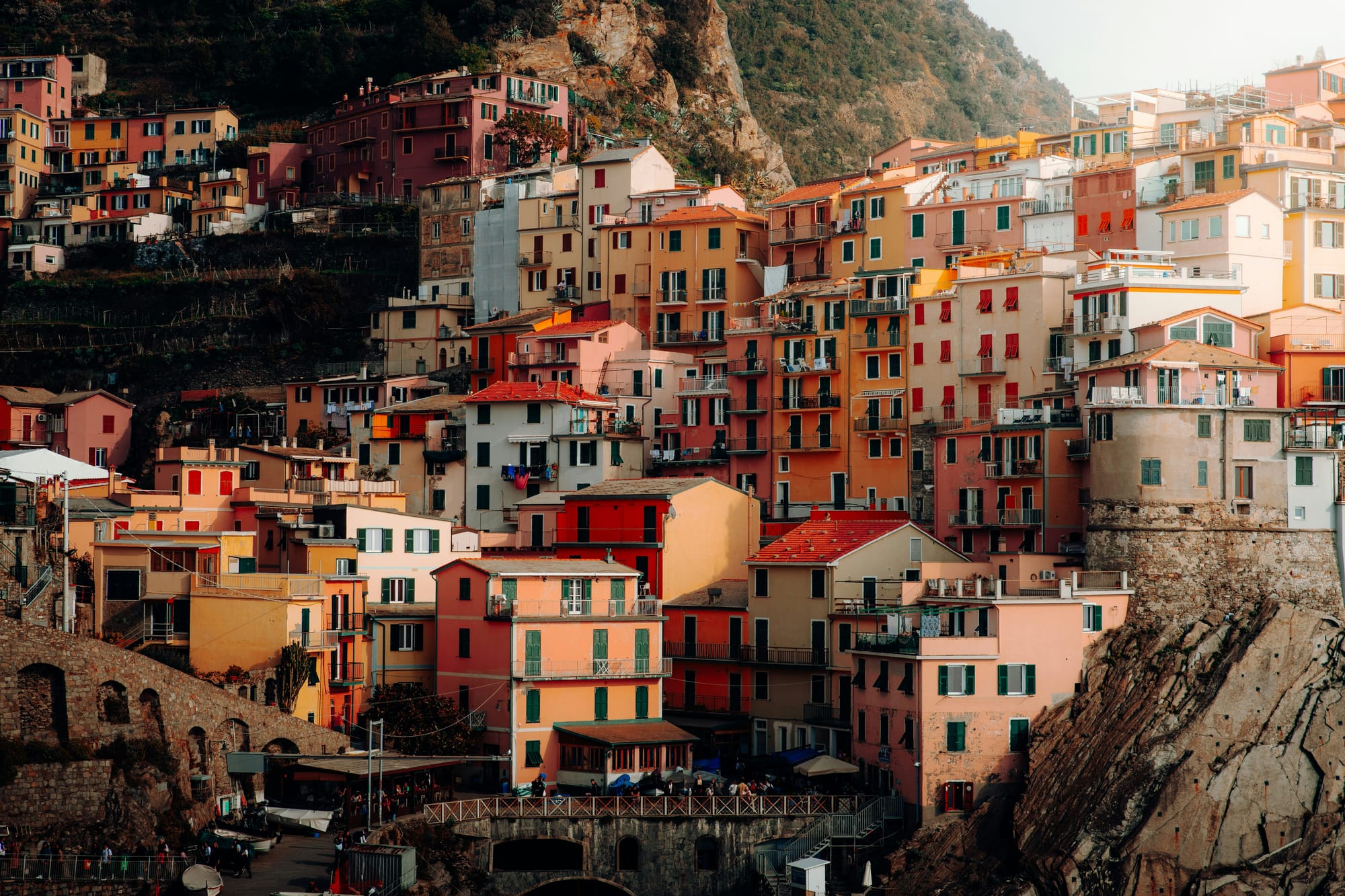
Defining your travel style: what is your Italian dream?
Before sketching out a route, it's crucial to look inward. What is drawing you to Italy? The answer will shape the perfect itinerary. Are you:
- The historian? Your heart beats faster for ancient ruins and the echoes of empires. Your focus will naturally gravitate towards Rome, Pompeii, and perhaps even the Greek temples of Sicily.
- The art aficionado? You dream of standing before Renaissance masterpieces. Florence is your non-negotiable anchor, with Rome's Vatican Museums and Borghese Gallery as essential supporting acts.
- The food & wine devotee? Your journey is a culinary pilgrimage. While every region boasts its own treasures, you might prioritize a stay at a Tuscan agriturismo, a food tour in Bologna (the capital of Emilia-Romagna, Italy's gastronomic heartland), or a pizza-making quest in Naples.
- The nature lover & adventurer? You seek dramatic landscapes and open air. The coastal hikes of the Amalfi Coast or Cinque Terre, or the breathtaking alpine scenery of the Dolomites in the north, should be at the top of your list.
Identifying your primary motivation doesn't mean excluding other experiences, but it provides a critical filter for making tough itinerary decisions.
The geography of a first trip: a nation of diverse regions
Italy's boot-shaped peninsula is a patchwork of fiercely proud regions, each with a distinct identity, dialect, cuisine, and landscape. Understanding this diversity is key to appreciating the country as a whole. For a first-time visitor, travel is often concentrated in these three main areas:
- Northern Italy: Here, the dramatic peaks of the Alps and Dolomites give way to sophisticated cities like Milan and the unique water-world of Venice. There's an elegance and efficiency that can feel almost Swiss or Austrian in the border regions, with a cuisine rich in risotto, polenta, and cured meats.
- Central Italy: This is the Italy of the popular imagination. It's home to Rome, the cradle of an empire; Florence, the birthplace of the Renaissance; and the quintessential rolling hills of Tuscany and Umbria, dotted with cypress trees and medieval hill towns. This region forms the backbone of nearly every classic first-time itinerary.
- Southern Italy: The South, or Mezzogiorno, offers a more raw and passionate experience. Life moves at a different pace. Here you'll find the gritty energy of Naples, the stunning cliffside beauty of the Amalfi Coast, the haunting history of Pompeii, and, further south, the sun-drenched, less-traveled landscapes of Puglia and Sicily, which boast their own unique Greek and Arab histories.
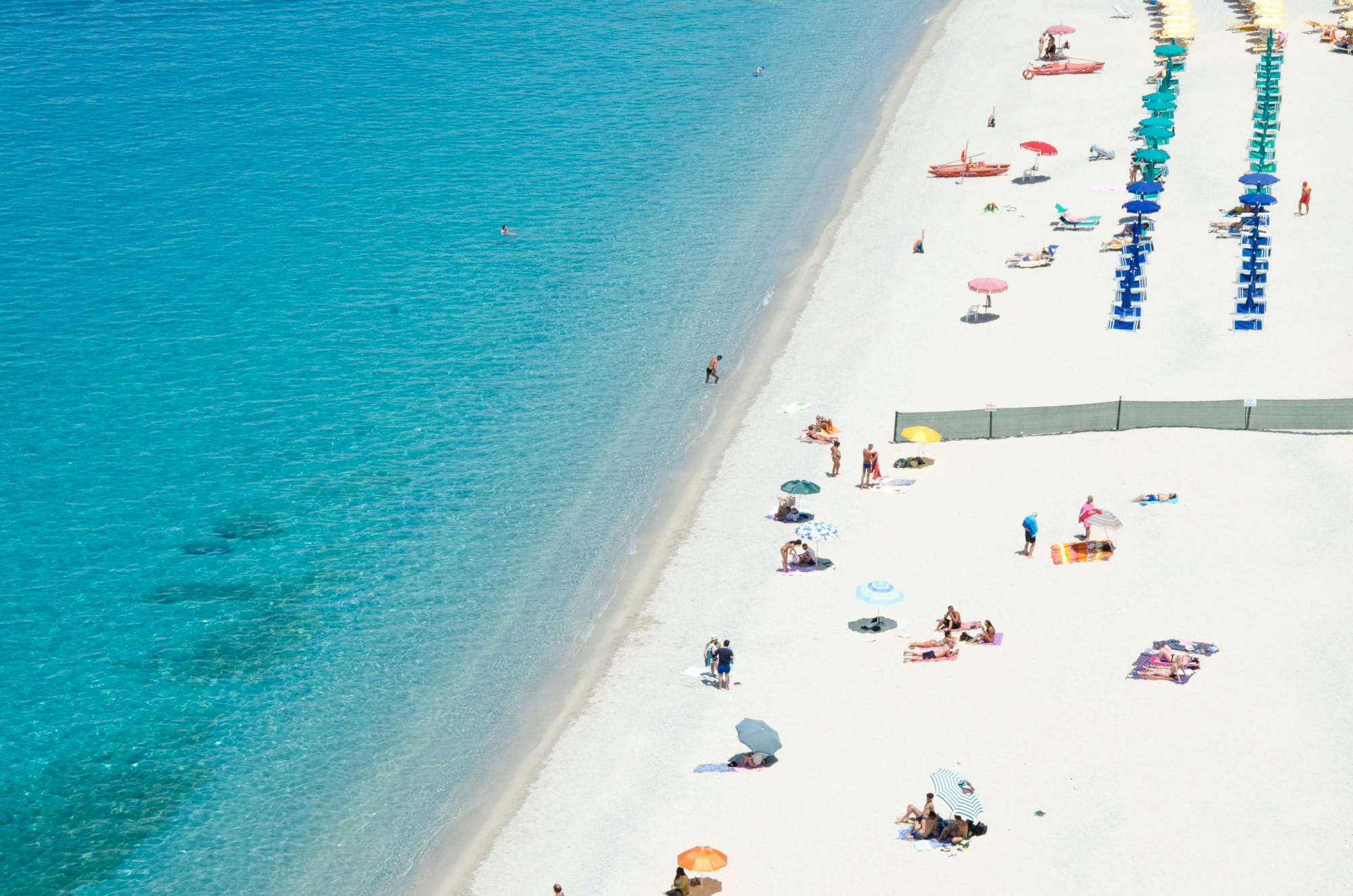
The logistics of movement: mastering Italian travel
Navigating Italy is part of the adventure. For the independent traveler, understanding the transport options is crucial for a smooth and efficient journey.
By train: the civilized choice for city hopping
- For travel between major cities (Rome, Florence, Venice, Milan, Naples), Italy's high-speed train network (Le Frecce and Italo) is unparalleled. It's fast, comfortable, and delivers you directly from one city center to another, eliminating the time and hassle of airport transfers. Booking tickets several weeks or even months in advance can result in significant savings. For shorter distances or trips to smaller towns, the slower Regionale trains are a reliable and cost-effective option.
By car: freedom with caveats (understanding the ZTL)
- A rental car offers unparalleled freedom, particularly for exploring the country roads of Tuscany, Umbria, Sicily, or the Dolomites. However, a car is a significant liability in major cities. Most historic centers have a Zona a Traffico Limitato (ZTL), a limited traffic zone where unauthorized vehicles are forbidden. Crossing into a ZTL, even accidentally, will result in a hefty fine sent to you months later. The best strategy is to only rent a car for the specific portion of your trip where it’s needed and to park it on the outskirts of cities when visiting.
A note on accommodations: your home in Italy
Where you stay profoundly shapes your experience. Italy offers a wonderful spectrum of choices that go far beyond standard hotels.
- Agriturismo: A uniquely Italian experience, these are working farms that offer accommodations. Ranging from rustic to luxurious, they provide an incredible opportunity to connect with the countryside and enjoy phenomenal, locally-sourced food and wine. They are a quintessential part of any Tuscan or Umbrian itinerary.
- Apartment rentals: Renting an apartment for a few days allows you to live like a local. It offers the chance to shop at neighborhood markets and try your hand at cooking with fresh, seasonal ingredients—a cultural experience in itself.
- B&B and Guesthouses: Often family-run, these smaller establishments provide a personal touch and local insights that can enrich your stay. They offer a wonderful middle ground between the anonymity of a large hotel and the self-sufficiency of an apartment.
For optimal weather and more manageable crowds, the shoulder seasons—April to May and September to October—are ideal. The summer months of July and August see a surge in tourism and high temperatures, while the winter offers a more tranquil experience, though with shorter days and the possibility of some closures in coastal areas.
- You can learn more by reading this guide, which will provide you with further information.
With this foundation in place, you are ready to explore what a trip of 7, 10, or 14 days can look like. The following never-exhaustive itinerary ideas are crafted as detailed templates, designed to be adapted to your personal travel style for a truly unforgettable first journey into the heart of Italy.
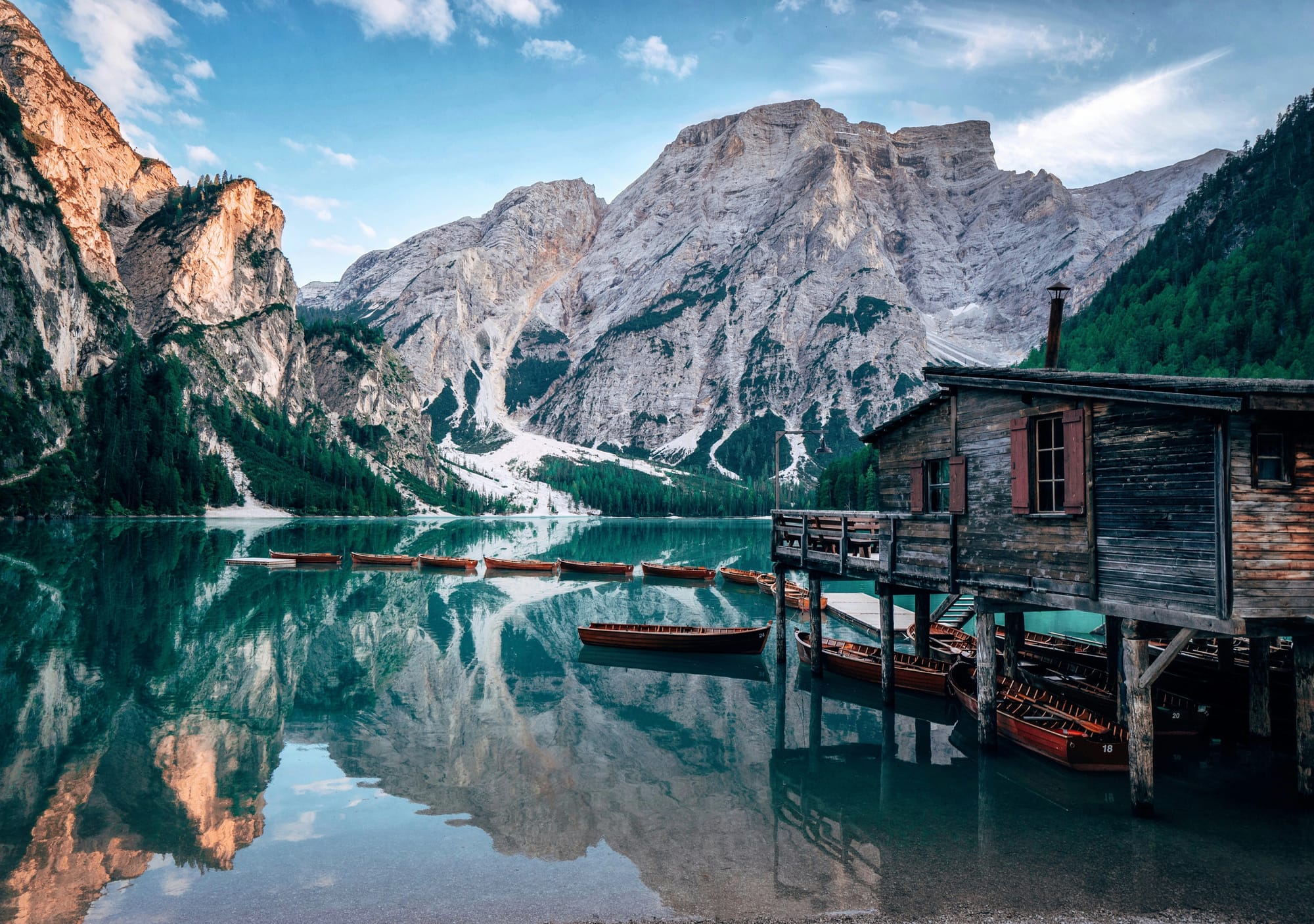
The 7-day Italian overture: a taste of the classics
A week in Italy is a whirlwind romance, offering a tantalizing introduction to its most iconic cities. This itinerary focuses on the "big three"—Rome, Florence, and Venice—using high-speed trains to maximize time or car or the car for more flexibility. It is fast-paced, yet designed to provide a meaningful glimpse into the art, history, and culture that have shaped Western civilization.
7-day Italy itinerary at a glance
- Days 1-3: Rome, The Eternal City (3 nights)
- Days 4-5: Florence, The Cradle of the Renaissance (2 nights)
- Days 6-7: Venice, The Serene Republic (2 nights)
Day-by-Day breakdown:
- Day 1: Arrival in Rome & Ancient Foundations. Arrive at Rome Fiumicino (FCO) and take a pre-booked car service or the Leonardo Express train to Termini Station. Settle into accommodations, perhaps in a charming guesthouse in the Trastevere or Monti districts. Begin with a late afternoon stroll to the Pantheon, a marvel of ancient engineering, before tossing a coin in the Trevi Fountain. For dinner, consider an authentic food tour in the Jewish Ghetto, exploring its unique culinary traditions.
- Day 2: Imperial Rome & The Power of an Empire. Dedicate the morning to the Roman Forum and Palatine Hill, followed by the Colosseum. Pre-booking a guided tour is highly recommended to navigate the vast sites and gain a deeper understanding of their historical context. In the afternoon, escape the crowds with a visit to the Capitoline Museums, home to a stunning collection of Roman sculpture and art.
- Day 3: Vatican City & Artistic Grandeur. An early start is essential for Vatican City. A pre-booked tour of the Vatican Museums, Sistine Chapel, and St. Peter's Basilica is the most efficient way to experience these masterpieces. In the afternoon, climb to the top of St. Peter's Dome for a breathtaking panorama of the city. Enjoy a final Roman dinner in the vibrant Trastevere neighborhood.
- Day 4: High-Speed to Florence & Renaissance Wonders. Take a morning high-speed train from Rome to Florence (recommended choice) or your rental car. After checking in, immerse yourself in the heart of the city at the Piazza del Duomo. Climb Giotto's Bell Tower for a magnificent view of Brunelleschi's Dome. In the afternoon, visit the Galleria dell'Accademia to see Michelangelo's David.
- Day 5: Florentine Artisans & Uffizi Masterpieces. Begin the day at the Uffizi Gallery, home to an unparalleled collection of Renaissance art. Pre-booking is essential. In the afternoon, cross the Ponte Vecchio and explore the Oltrarno district, known for its artisan workshops. Consider a pre-booked leather-making or paper-marbling workshop for a hands-on cultural experience.
- Day 6: The Canals of Venice. The morning high-speed train can take you from Florence to Venice (approx. 2 hours). Upon arrival, the city's unique charm is immediately apparent. A vaporetto (water bus) ride down the Grand Canal is a must. Explore the Rialto Market before getting lost in the labyrinthine streets. For a truly local experience, consider a traghetto ride across the Grand Canal, a standing-only gondola used by Venetians.
- Day 7: Venetian Secrets & Departure. Visit the Doge's Palace and St. Mark's Basilica in the morning (pre-book a "skip-the-line" tour). Afterwards, escape the crowds of St. Mark's Square and explore the quieter sestieri of Cannaregio or Castello. Discover hidden gems like the Libreria Acqua Alta or the peaceful cloisters of San Francesco della Vigna before departing from Venice Marco Polo Airport (VCE).
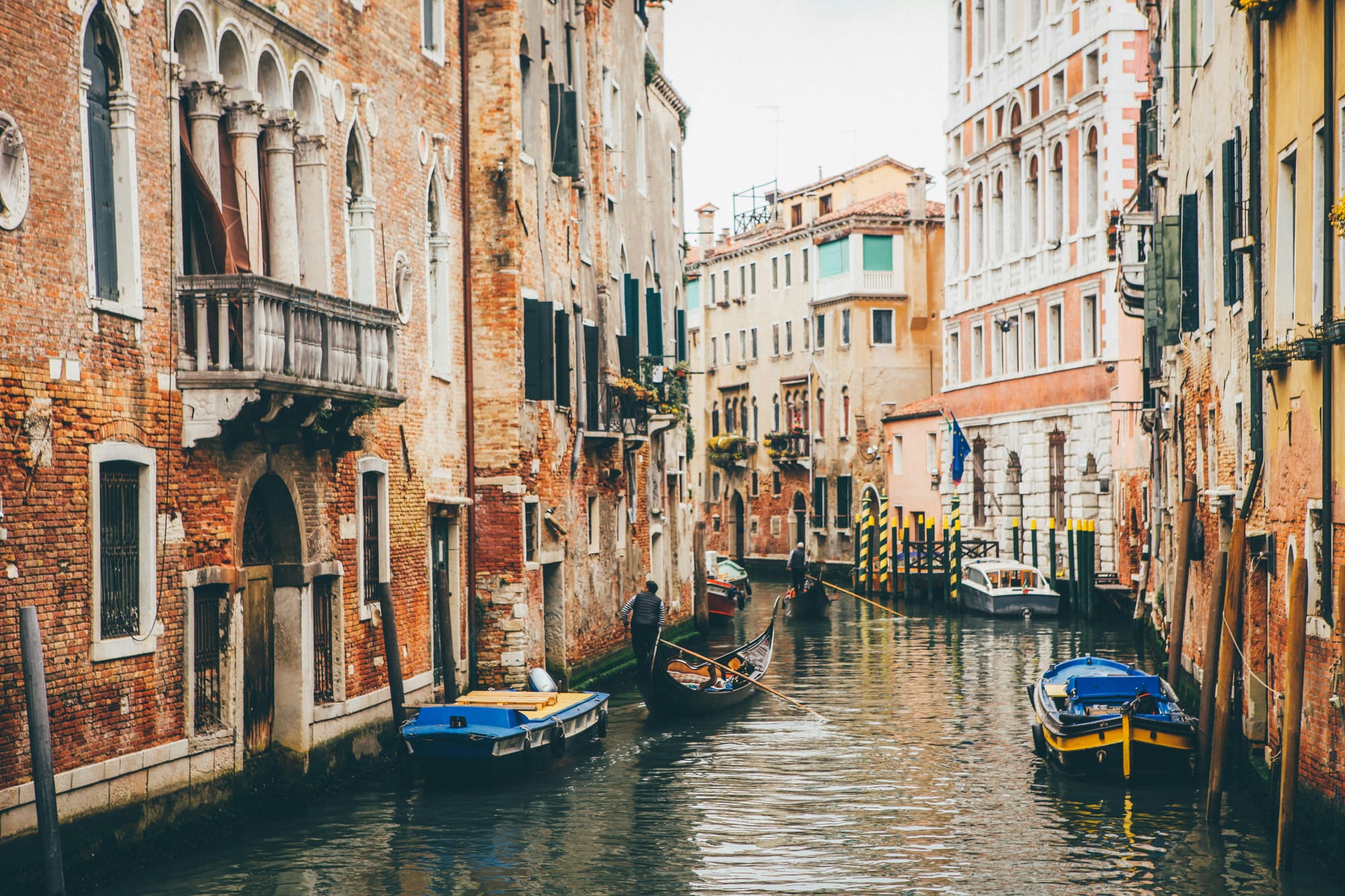
The 10-day Italian aria: adding a region to the classics
With ten days, the classic itinerary can be expanded to include a deeper dive into a specific region, allowing for a more relaxed pace and a greater appreciation for Italy's diverse landscapes and cultures. This itinerary adds the rolling hills and charming towns of Tuscany to the foundational trio of cities.
10-day Italy itinerary at a glance
- Days 1-3: Rome (3 nights)
- Days 4-6: Tuscany (3 nights, based in an agriturismo)
- Days 7-8: Florence (2 nights)
- Days 9-10: Venice (2 nights)
Day-by-Day breakdown:
- Days 1-3: Rome. Follow the 7-day itinerary for Rome, immersing yourself in the ancient history and vibrant street life of the Eternal City.
- Day 4: A Tuscan Retreat. Pick up a rental car in Rome and drive into the heart of Tuscany (approx. 2-3 hours). Settle into a pre-booked agriturismo near a town like Pienza or Montepulciano. These farm stays offer an authentic taste of rural Italian life, often with exceptional home-cooked meals and locally produced wine. Spend the afternoon relaxing and enjoying the scenery.
- Day 5: Val d'Orcia & Hill Towns. Explore the UNESCO-listed Val d'Orcia, a landscape of rolling hills, cypress trees, and picturesque hill towns. Visit Pienza, a Renaissance "ideal city," and Montepulciano, known for its Vino Nobile. Enjoy a leisurely lunch with panoramic views and consider a wine tasting at a local vineyard.
- Day 6: Siena's Medieval Heart. Drive to Siena, a stunning medieval city built around the unique, shell-shaped Piazza del Campo. Climb the Torre del Mangia for a spectacular view of the city and its surrounding countryside. In the afternoon, explore the city's Duomo, a masterpiece of Italian Gothic architecture.
- Day 7: Florence & The Renaissance. Drive to Florence, return the rental car (the pickup location is different from the initial drop-off location) and check into your hotel. Spend the afternoon revisiting a favorite spot or exploring a new neighborhood. As evening approaches, enjoy an aperitivo in Piazza della Signoria.
- Day 8: Florentine Immersion. Dedicate the day to further exploration of Florence's cultural treasures. This could be a visit to the Medici Chapels, a deep dive into the art of the Pitti Palace, or a food-focused walking tour of the Sant'Ambrogio market.
- Days 9-10: Venice. Take a morning high-speed train to Venice (or, if you prefer, you can continue your journey with a rental car) and follow the 7-day itinerary for a magical conclusion to your journey, exploring its canals and hidden corners.
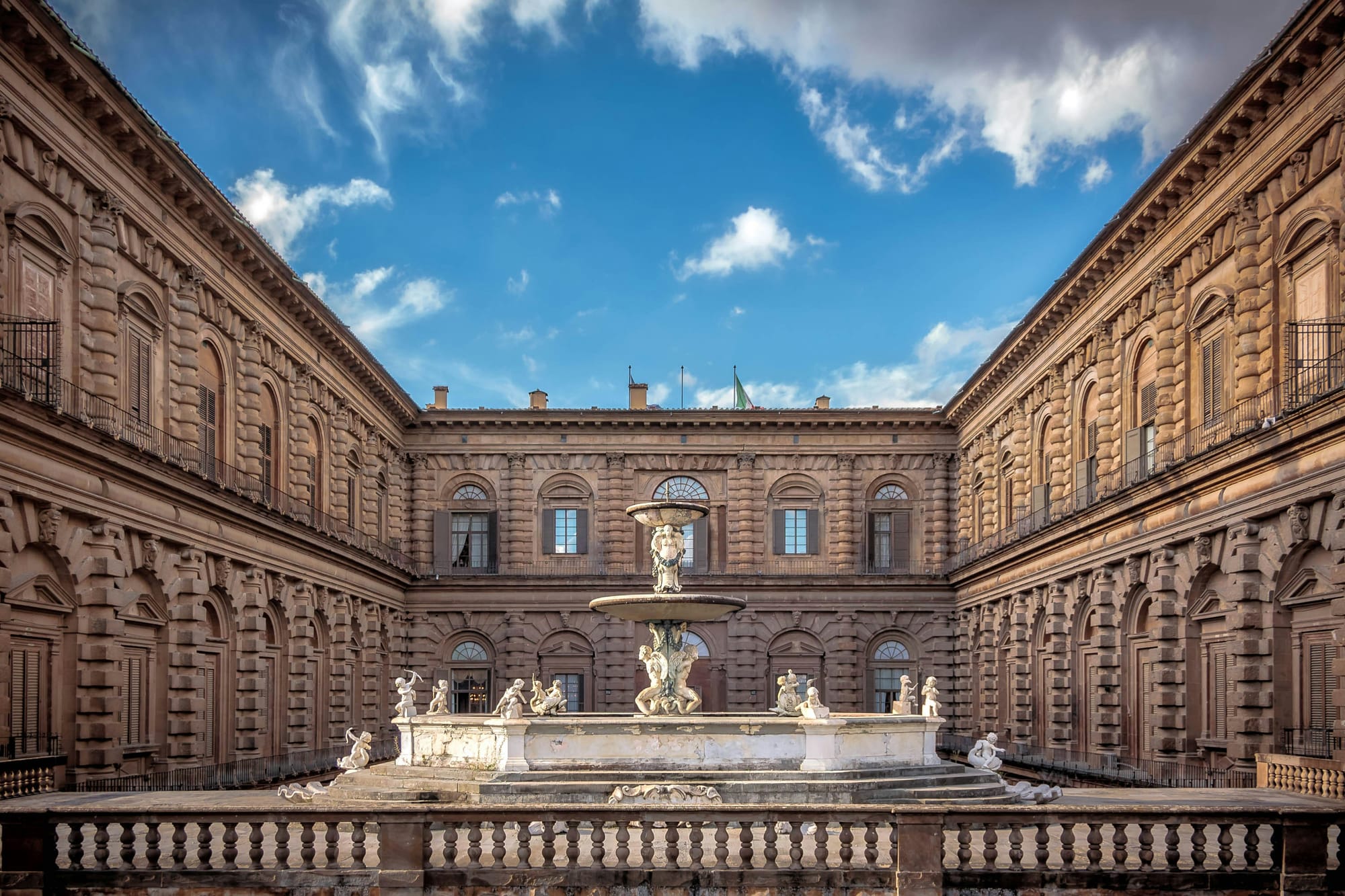
The 14-day Italian epic: weaving in coastal charm or Northern grandeur
Two weeks in Italy allows for a truly immersive journey, with time to explore a third distinct region, offering a richer and more varied experience. Travelers can either head south to the stunning Amalfi Coast or north to the sophisticated cities and natural wonders of the Dolomites.
Option 1: the southern charms itinerary (Rome, Amalfi Coast, Florence, Venice)
- Days 1-4: Rome (4 nights) - A more relaxed pace
- Days 5-7: Amalfi Coast (3 nights) - Coastal beauty and ancient ruins
- Days 8-10: Florence & Tuscany (3 nights) - Art and countryside
- Days 11-14: Venice (3 nights) - A leisurely exploration
This itinerary adds the breathtaking scenery of the Amalfi Coast. From Rome, take a high-speed train to Naples, and then arrange a private transfer or ferry to a base such as Positano or the quieter Praiano. Days can be spent exploring the charming coastal towns, taking a boat trip to the island of Capri, and visiting the remarkably preserved ruins of Pompeii or Herculaneum. For a less-trodden path, explore the fishing village of Cetara or hike the Sentiero degli Dei (Path of the Gods) for unparalleled views.
Option 2: the northern exposure itinerary (Venice, Dolomites, Florence, Rome)
- Days 1-3: Venice (3 nights) - An in-depth Venetian experience
- Days 4-6: The Dolomites (3 nights) - Alpine majesty and outdoor adventure
- Days 7-9: Florence & Bologna (3 nights) - Renaissance art and culinary delights
- Days 10-14: Rome (4 nights) - A comprehensive exploration of the capital
This itinerary is ideal for those who appreciate dramatic natural landscapes and culinary exploration. From Venice, rent a car and drive north into the Dolomites, a UNESCO World Heritage site. Base yourself in a town like Ortisei or Cortina d'Ampezzo. Spend your days on moderately challenging hikes with stunning vistas, such as the Tre Cime di Lavaredo loop or the trails around the Seceda ridgeline. On the way to Florence, spend a night in Bologna, Italy's culinary capital, to experience its rich food scene and historic university.
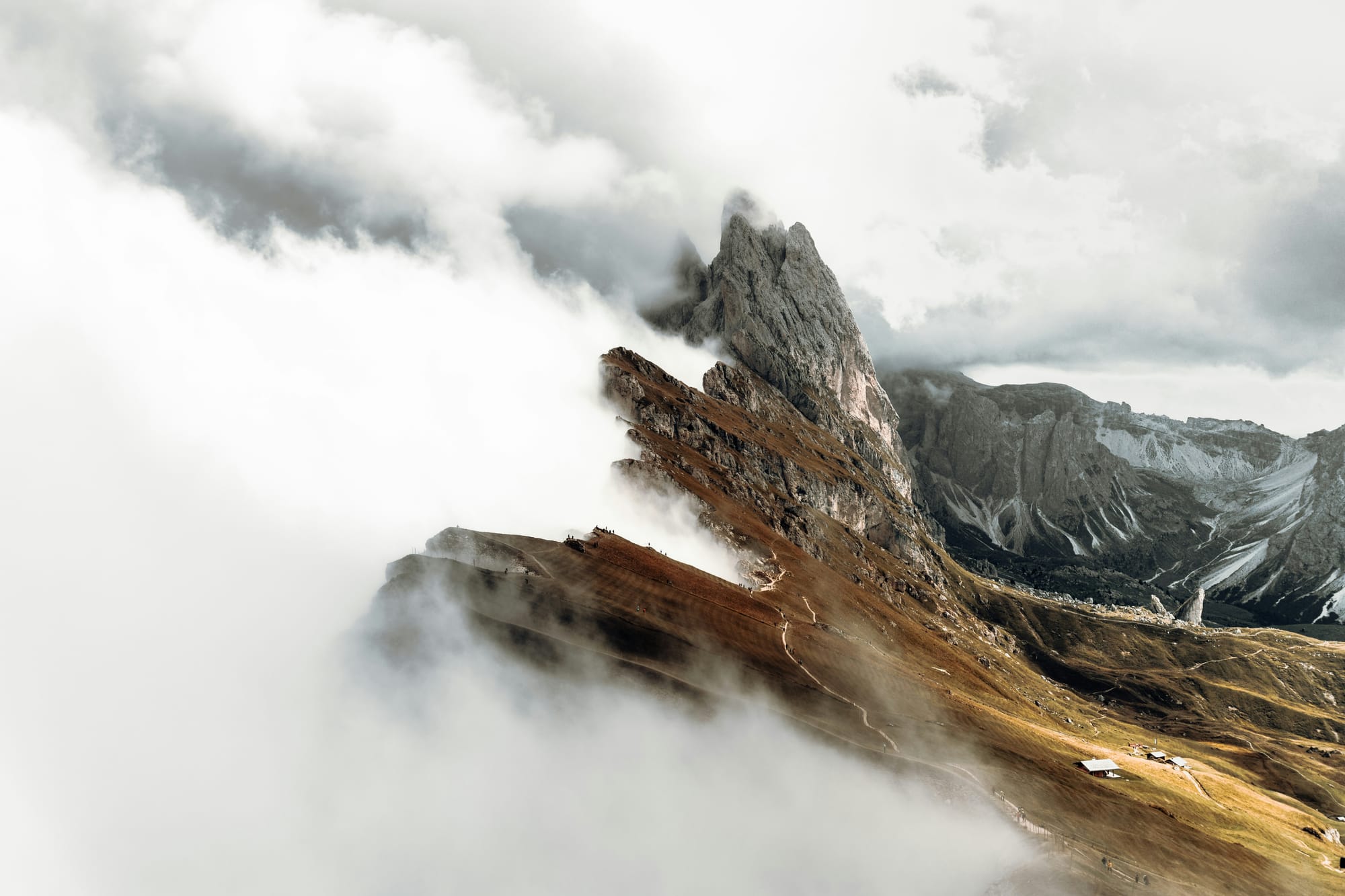
Ultimately, the ideal number of days in Italy is a personal decision, a balance of time, budget, and interest. These itineraries are not rigid prescriptions but rather templates for inspiration. The traveler can and should adapt them, perhaps swapping a major city for a deeper exploration of a region like Puglia or Sicily, or dedicating more time to a specific interest, be it Roman history, Renaissance art, or the art of Italian cooking.
The true luxury of a well-planned trip is not in the quantity of sights seen, but in the quality of the experiences. By allowing for unhurried exploration and embracing the Italian philosophy of il dolce far niente—the sweetness of doing nothing—a first-time visitor can move beyond the icons and begin to discover the true, captivating soul of Italy.
